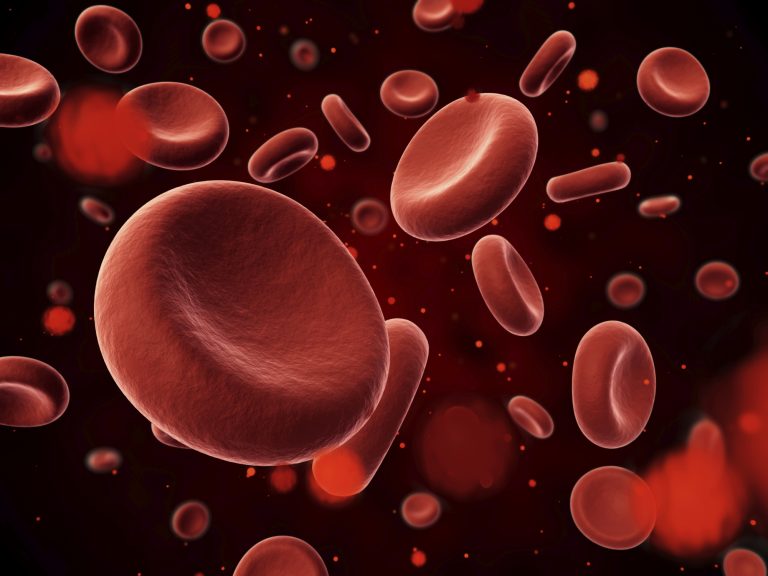
Rigel Pharmaceuticals, Inc. (NASDAQ:RIGL) gave us a business update earlier this month, and suggested it would put out data from the first of two phase 3 trials in its lead indication before the end of August. Success in these trials will underpin a new drug application, and as such, if the data hints at efficacy, there is plenty of upside potential come release day.
Here’s what you need to know ahead of the report.
The data relates to a drug called fostamatinib. It’s a prodrug of the compound tamatinib, which in turn is what’s called a Syk inhibitor. Syk inhibitors inhibit an enzyme called spleen tyrosine kinase. The company is targeting approval in a range of indications, but the primary, and the one to which this upcoming data relates, is a condition called immune thrombocytopenia (ITP). In healthy individuals’ blood platelets stick together, or clot, as a way of closing up wounds in the skin. In patients with ITP, this clotting doesn’t happen because the patient’s immune system attacks and breaks down the platelets in question. The enzyme that initiates this breaking down of the platelets is spleen tyrosine kinase, so the theory is that by inhibiting the action of spleen tyrosine kinase, fostamatinib should allow a patient’s platelets count to recover and, with regular administration, essentially cure the ITP; or at least keep it at bay.
So that’s the theory behind the drug, how has it performed to date?
One thing worth mentioning before we get into the numbers, is that ITP is highly heterogeneous. This means that a treatment that works for one patient might not work at all for another, or might have a diminished effect, with no underlying indication (at least not one that we have discovered yet) that suggests why. As such, the fostamatinib trials are a little different to a standard trial, in which a company tries to prove its drug works across a high percentage of a population. In this instance, Rigel was aware going into the trials that fostamitinib wouldn’t work for everyone, and was primarily focusing on how well it worked in the individuals for which it demonstrated some level of clinical benefit.
Phase 2 data that lead into the phase 3 for which we are about to get data showed that when fostamatinib worked, it did so quickly (within 2 to 3 weeks) and to a high level of efficacy. Median platelet counts across the trial rose from 14,000 to more than 100,000. To offer up a little bit of perspective here, a normal range in a healthy patient would be somewhere in the region of 150,000 at the low end, but an increase to 100,000 in a number of weeks could have a dramatic impact on quality of life for ITP patients, so these are good data even though they fall short of standard range.
What are we looking for upcoming phase 3 data?
The trial is looking at patients with platelet counts below 30,000 per µL of blood, and the primary endpoint is the raising of this to at least 50,000 per µL of blood in four of six blood draws post administration. There are 75 patients in the trial, but for the reasons mentioned above, it’s not really about how many of these patients respond, as long as some of them do.
There are two trials ongoing, and it is the data from the first that should hit press before the close of this month. Any indication of efficacy in this one would be a strong leading indication of efficacy in the second data set, which compounds its upside potential.
From a financial perspective, during the second quarter 2016, Rigel reported a net loss of $13.5 million, not much changed from $13.9 million recorded during the same period in 2015. Revenues primarily derived from collaboration fees. The more important number at this end of the biotech sector is the cash on hand figure, and in this instance, Rigel reported $94.9 million cash on hand as of June 30, 2016. Down on the $126 million recorded at end December, 2015, but enough to carry the company through to the third quarter of 2017, minimizing near term dilution risk.




